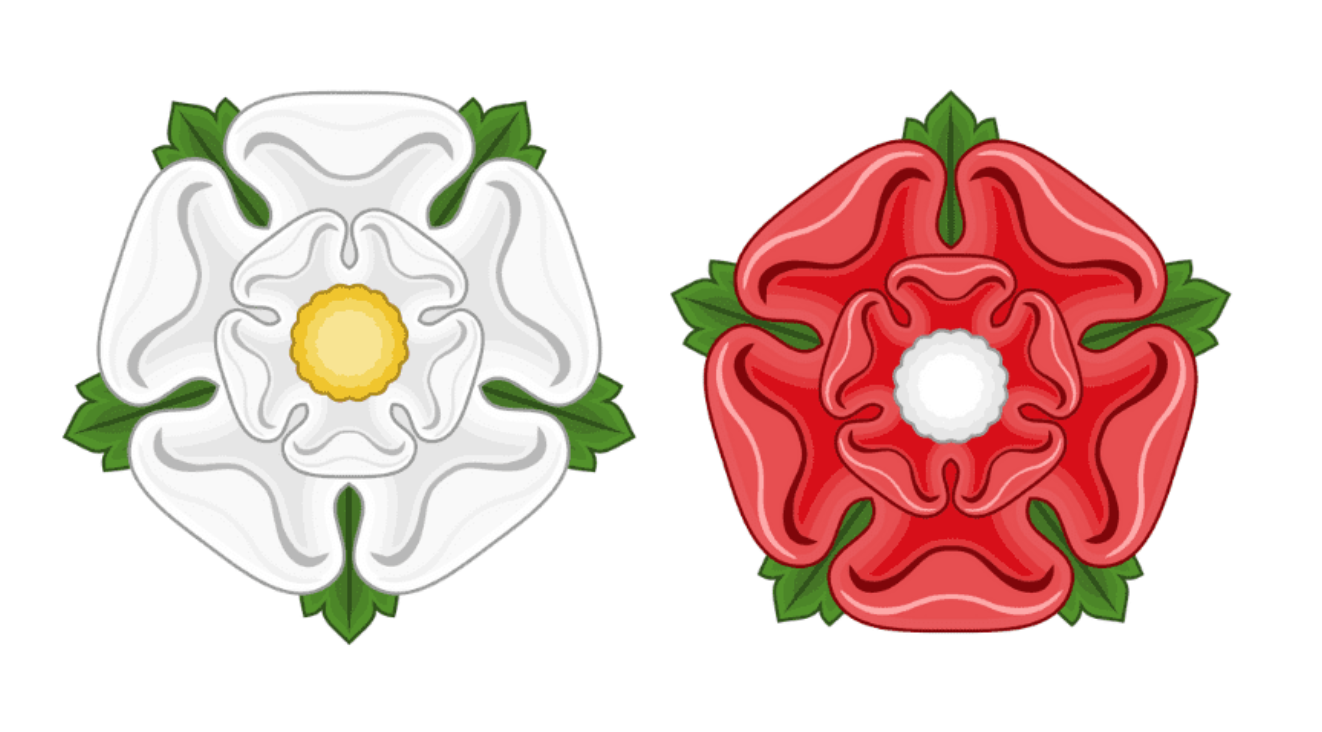
Originally published on May 22, 2020 by Anoushka Pinto on Meoww.com
The Wars of the Roses is an important event that culminated with the installation of one of the strongest governments in English royal history – the Tudors
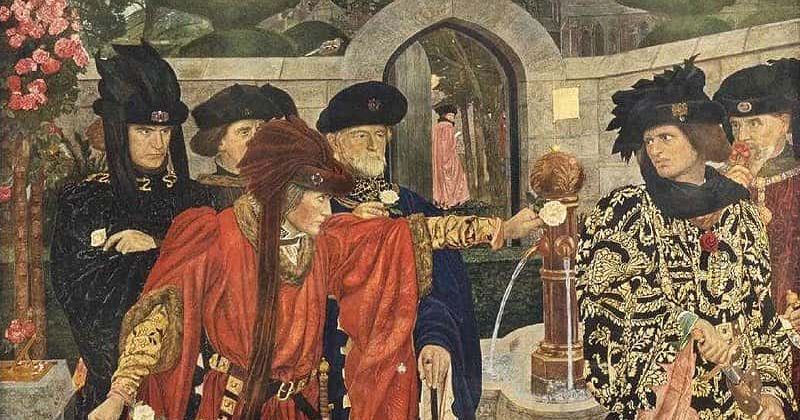
600 years ago today began the sporadic dynastic civil wars between two rival houses of royals – Lancaster and York of the age-old House of Plantagenet – for the throne of England known as the ‘Wars of Roses’. The bloody and small-scale battles earned their flowery name because the official badge of the Yorks sported a white rose, while that of the Lancastrians sported a red rose. The opening war broke out on May 22, 1455, and lasted until 1985 when Lancastrian, Henry Tudor emerged victorious after defeating the Last Yorkist King Richard III. He then married Elizabeth of York, the daughter of Edward IV and united the two families into what came to be known as the House of Tudor, which ruled England and Wales for 117 years.
The wars resulted from the social and financial turmoil arising out of the Hundred Years’ War which occurred between the 14th and 15th centuries. The main reason behind the initial outbreak of the war was the Lancastrian king, Henry VI of England, fuelled by his incompetency as a reigning monarch and frequent manic outbursts due to his deteriorating mental health. After his death, they were powered by the ambitions of Richard, Duke of York followed by his son, Edward IV of England, and then his brother, Richard III. Additional reasons for the war raging on included the relentless rivalry for wealth among the nobles, internal disputes over relations with France, the economic downfall and ultimately the ambition of Henry Tudor or Henry VII of England.
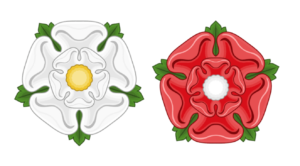
Now, six centuries later, the Wars of the Roses is an important event that culminated with the installation of one of the strongest governments in English royal history. The wars have since become a part of popular culture, inspiring historians, writers and artists in their works – be it, Shakespeare’s tetralogy or the creators of the famed historical fiction series ‘Game of Thrones’.
Shakespeare’s first historical tetralogy
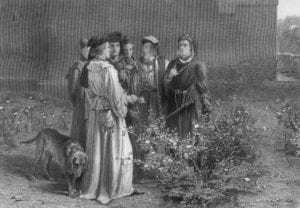
Shakespeare was the first to incorporate the ‘Wars of Roses’ in his historical tetralogy of plays that mostly focused on the kings of the period ie, Henry VI and Richard III. The plays of Henry VI formed a trilogy and Richard III was an addition to that. The plays became one of the playwright’s most notable work with memorable characters and lines which are still quoted to this day.
‘Game of Thrones’ by George R R Martin
Much of the ‘War of the Five Kings’ in the best-selling historical fiction novel series is based on the events that transpired during the Wars of the Roses, particularly applying to the violent strifes between the Lannisters (and Bartheons) and the Starks. Using the real-life story of the historical war as the basic nucleus of the plot, George RR Martin spun into one of the most significant inclusions in the story.

The ‘Wars of Roses’ began because of Henry VI who was a spineless monarch and ruled mostly abiding by the suggestions put forward by is advisors. They eventually convinced him to marry Margaret of Anjou, to establish relations with the French. Margaret was beautiful, ambitious and ruthless and is the inspiration for Cersei in ‘Game of Thrones’. Margaret held a particularly strong animosity for Richard of York, who was essential to the families’ eligibility to claim the throne. Ned Stark is the fictional embodiment of Richard of York. Richard was Henry VI’s closest advisor and trusted confidant and safe to say the queen hated his guts and did everything to keep him from climbing up the influential ladder. Richard began protesting against this and sparked a public fight with Lancasters which resulted in his banishment. In the meantime, the queen had managed to incite distrust among the people in the kingdoms with her malicious intentions and frowned alliances.
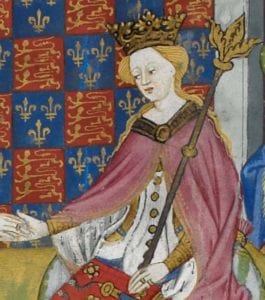
Eventually Richard was granted passage into the country again and was made Lord Protector upon Henry VI’s insanity (which inspired the idea of the ‘mad king’). However, the king later recovered from his mental outburst and upon the queen’s request demoted York’s position. This incited another battle with Richard’s army attacking them and he was reinstated as Lord Protector. His son was granted the succession to the throne following Henry VI’s death. In a battle against Maragaret’s forces, Richard was killed along with one of his sons and his other son Edward took over the throne as Edward IV. He waged a war against the Lancasters and took former king Henry VI as captive, along with Margaret and their son Edward of Westminster. Edward was the inspiration behind Joffrey Baratheon.
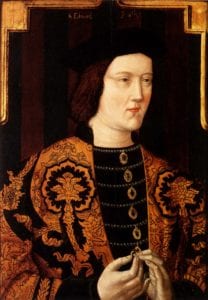
Edward IV’s (who Robb Stark is based on) success as a monarch came under scrutiny when he declined an offer for an arranged marriage to a French princess. He secretly married a widowed woman instead. The betrothal resulted in many of Edward’s allies abandoning him, especially the Earl of Warwick, who inspired Lord Roose Bolton. The Earl manipulated many people to turn them against Edward and even briefly reinstated Henry VI, however, it was in vain because Edward claimed his rightful place on the throne yet again. He then killed the Lancaster prince, after which Henry withered away in the tower where he was held, prisoner.
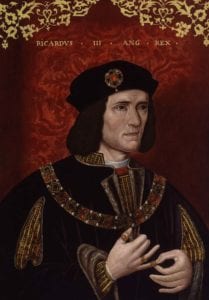
Edward reigned until 1483, and after he passed away the wars and violence still waged. Edward’s son, who was due to succeed him was still a minor, so the deceased king’s younger brother, Richard, declared them unfit to rule on the grounds that he was the product of his father’s secret and illegitimate marriage. Richard III seized the crown and imprisoned Edward’s children, making him the inspiration behind Stannis Baratheon. The young princes then absconded.
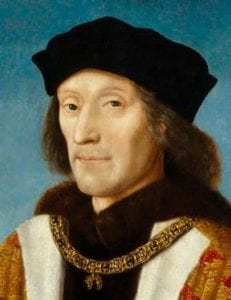
Two years later, Richard III’s reign was challenged by Henry Tudor, a direct descendent of the first Duke of Lancaster, who was raised in exile after his father died. In ‘Game of Thrones’, Henry Tudor resonates with Daenerys Targaryen, who was also a direct descendent of royalty, raised in exile after her father had died. Henry won the support of the York forces, formed an army in France and crossed the English channel to wage war against Richard, effectively killing him and claiming the throne of England.

